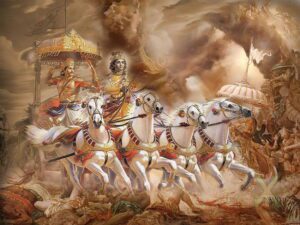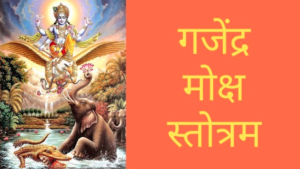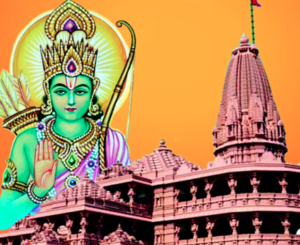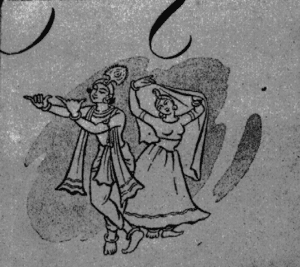The Sama Veda
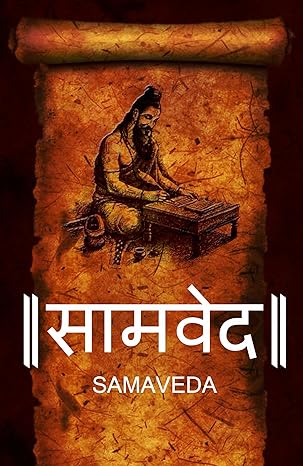
Read or Download Sama Veda
The Sama Veda: Harmonizing the Cosmic Symphony of Spirituality
In the sacred landscape of ancient Indian scriptures, the Sama Veda stands as a melodic river, flowing through the hearts and minds of seekers, carrying the celestial strains of spiritual wisdom. Often described as the “song of the soul,” the Sama Veda holds a unique position among the Vedas, weaving together a tapestry of hymns that transcend the material world, inviting the listener into a realm of divine resonance.
The Sama Veda: A Musical Odyssey of Spirituality
Derived from the root word “saman,” meaning melody or song, the Sama Veda is distinguished by its musicality. While the Rig Veda comprises poetic hymns, the Sama Veda takes these verses and transforms them into melodies, infusing the sacred words with a transcendental vibrancy. It is essentially a musical rendering of the Rig Veda, meant to be chanted in specific patterns known as svaras.
The Sama Veda is divided into two main parts: the Purvarchika and the Uttararchika. The Purvarchika consists of melodies and chants used in the morning rituals, while the Uttararchika is associated with evening rituals. Each segment is intricately woven with musical annotations, transforming the Vedic hymns into a celestial symphony that resonates with the cosmos.
Melodies of Devotion: The Role of Udgata in Sama Veda
Central to the Sama Veda is the figure of the Udgata, the chanter or singer responsible for rendering the hymns during Vedic rituals. The Udgata serves as a mediator, using the power of melody to connect the earthly realm with the divine. Through precise intonations and musical expressions, the Udgata channels the spiritual energy inherent in the Vedic mantras, creating a harmonious bridge between the mundane and the celestial.
The act of chanting, or “singing” the Sama Veda, is not a mere artistic endeavor. It is a sacred practice, a form of worship that goes beyond linguistic comprehension. The emphasis is on the vibrational quality of the sound—the resonance that transcends the boundaries of ordinary perception, elevating the listener to a state of spiritual receptivity.
The Essence of Sama Veda: Union of Sound and Spirit
The Sama Veda embodies the profound philosophy that underlies all Vedic literature—the idea that sound is not merely a physical phenomenon but a manifestation of the cosmic energy that permeates the universe. In the Upanishads, it is declared, “Nada Brahma,” meaning “Sound is God.” The Sama Veda takes this principle to heart, exploring the divine potential inherent in sound vibrations.
The emphasis on sound in the Sama Veda mirrors the ancient understanding of the universe as a cosmic symphony. Each chant, each note, is a cosmic vibration that resonates with the underlying order of the cosmos. The Sama Veda guides us to attune ourselves to this divine harmony, recognizing that in the sacred cadence of the chants, we find a reflection of the universal rhythms that govern existence.
The Spiritual Journey through Sama Veda: Inner Transformation through Music
As we delve into the Sama Veda, we embark on a spiritual journey guided by the transformative power of music. The chanting of these sacred melodies is not a performance for an audience but a deeply personal and meditative practice. The vibrations of the chants are not confined to the external environment; they penetrate the core of the practitioner, stirring the inner realms of consciousness.
In the melodic journey of the Sama Veda, the listener is invited to transcend the limitations of the ego and connect with the universal spirit. The repetition of sacred sounds becomes a form of meditation, a path to inner stillness and heightened awareness. The Udgata, through the act of chanting, becomes a facilitator of this inner transformation, guiding both the self and the community toward a harmonious union with the divine.
Sama Veda in the Modern World: A Harmony Amidst Chaos
In a world marked by noise, chaos, and constant distraction, the Sama Veda’s message of harmonizing sound and spirit is more relevant than ever. The ancient seers understood that the vibrations we surround ourselves with have a profound impact on our consciousness. In the rhythmic cadence of Sama Veda, we find a timeless remedy for the dissonance that often pervades our lives.
The practice of chanting, inspired by the Sama Veda, has found resonance in various spiritual traditions around the world. The healing power of sound has been acknowledged in fields ranging from music therapy to meditation practices. In embracing the wisdom of the Sama Veda, individuals today can discover a pathway to inner peace, a respite from the cacophony of modern existence.
In Conclusion: Resonating with the Divine
The Sama Veda is not merely an ancient musical tradition; it is a living expression of the profound connection between sound and spirituality. As we listen to the celestial strains of its chants, we are invited to transcend the boundaries of the material world and attune ourselves to the cosmic symphony that envelops us.
In the melodic verses of the Sama Veda, we find an invitation to rediscover the sacred in the ordinary, to recognize the divine resonance that echoes through the corridors of our own hearts. It is a reminder that, in the harmonies of the universe, we discover not only the essence of the Vedic tradition but a universal truth—the transformative power of sound in guiding the human spirit back to its eternal source.
